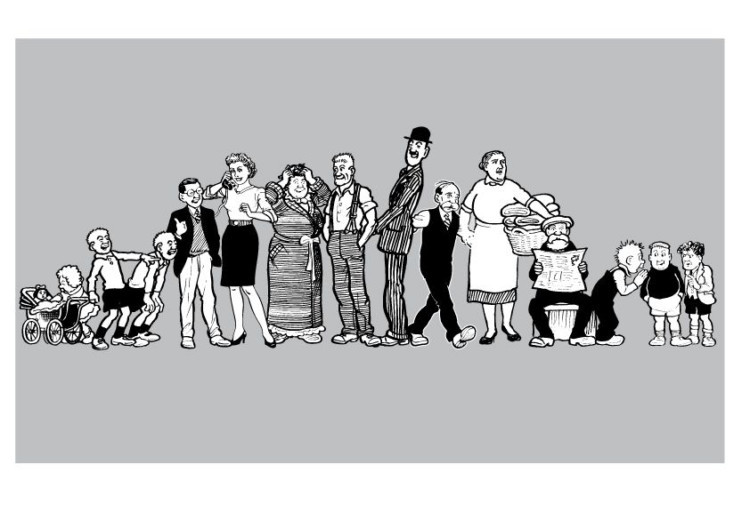
Take the Sunday Post memory challenge.
If you’ve ever mislaid your car keys, gone upstairs and forgotten what you went for, or struggled to remember a relative’s birthday, the idea of memory as a competitive sport may seem unlikely.
But that’s just what ‘mental athletes’ are doing this weekend in London, where 120 of the sharpest minds from 33 countries are battling it out in the World Memory Championships.
They’ll be tested on their ability to memorise new information in a set period of time, then recall it against the clock.
Over three days and 10 separate disciplines they’ll memorise numbers, words, dates, names and faces and even playing cards.
For those of us who find it difficult to remember more than half a dozen groceries without a shopping list, some of their feats sound impossible.
How about remembering the exact order of 25 shuffled packs of cars in one hour, or 4000 binary digits just a long list of zeros and ones!
Experts say none of the champions of competitions were born with a good memory, it’s something they developed by practising, just like any physical athlete.
One of the events in the championship involves remembering 120 names and surnames and matching them up to the correct picture after studying them for 15 minutes.
Dominic O’Brien, winner of the Memory World Championships eight times, and author of How To Have An Amazing Memory explained how it’s done.
“The trick is to find an association between the person’s face and their name. They may look like your aunt, a famous actress or a politician. You then find a link between their name and the person they remind you of.
“You could use what sort of person they remind you of, so if their name is Dolly and they remind you of a bank manager you could think of Dolly the sheep in a bank, or maybe someone called Carol would be carol singing.
“For complicated names you can break the name down into syllables and turn them into memorable images. So a name like Ranesh could be turned into Ran and Sh, someone being told to Shh and running away.
“It’s an art and a science. We remember mainly by images, then the other senses kick in.
“With something like a shopping list you can make a story out of the list. You might imagine opening a box of cornflakes and inside you find a bag of sugar which drops on the floor and smashes some eggs and so on.
“Some people use the journey method, were you place things at points along a familiar route.
“You need to bring the objects to life and make them quirky so you remember them.”
So how good is your own memory?
Try our challenge with this picture featuring famous characters from The Sunday Post.
Simply study it carefully for 30 seconds, then cover the picture and see if you can remember the names of all the characters in order from left to right (scroll down for the answers).
See how you do against other members of the family, too.
From left, The Broons The Bairn, ae twin, the ither twin, Horace, Maggie, Daphne, Joe, Hen, Paw, Maw and Granpaw. The non-Broons Oor Wullie, Fat Boab and Soapy Soutar.

Enjoy the convenience of having The Sunday Post delivered as a digital ePaper straight to your smartphone, tablet or computer.
Subscribe for only £5.49 a month and enjoy all the benefits of the printed paper as a digital replica.
Subscribe